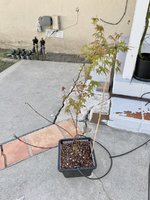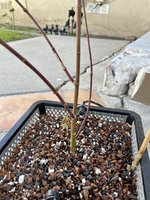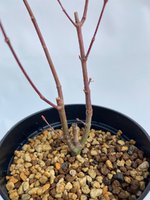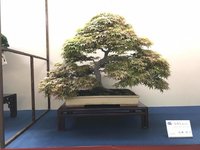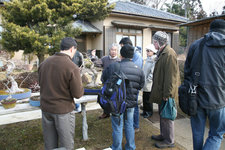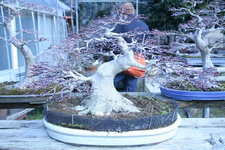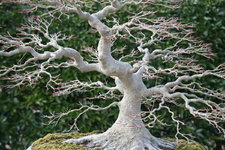walee
Yamadori
I have a very juvenile pre-bonsai which in the past year has shot out a couple whips at the base of the trunk. I'm wondering if I should prune off the lower whips. My thought process is that since they're so low, they will only suck energy and thickness away from the main leader. I am considering leaving the lowest whip though and keeping it for a twin trunk, though I think that may be pre-mature at this stage of it's growth. Any advice is appreciated.
Conversely I’m considering pruning them back to the first or second internode and experimenting with some ramification.
Feel free to also critique my plant too. My goal is to turn this into a 3-4 foot tall bonsai 5-10 years down the road.
Conversely I’m considering pruning them back to the first or second internode and experimenting with some ramification.
Feel free to also critique my plant too. My goal is to turn this into a 3-4 foot tall bonsai 5-10 years down the road.
Attachments
Last edited:

